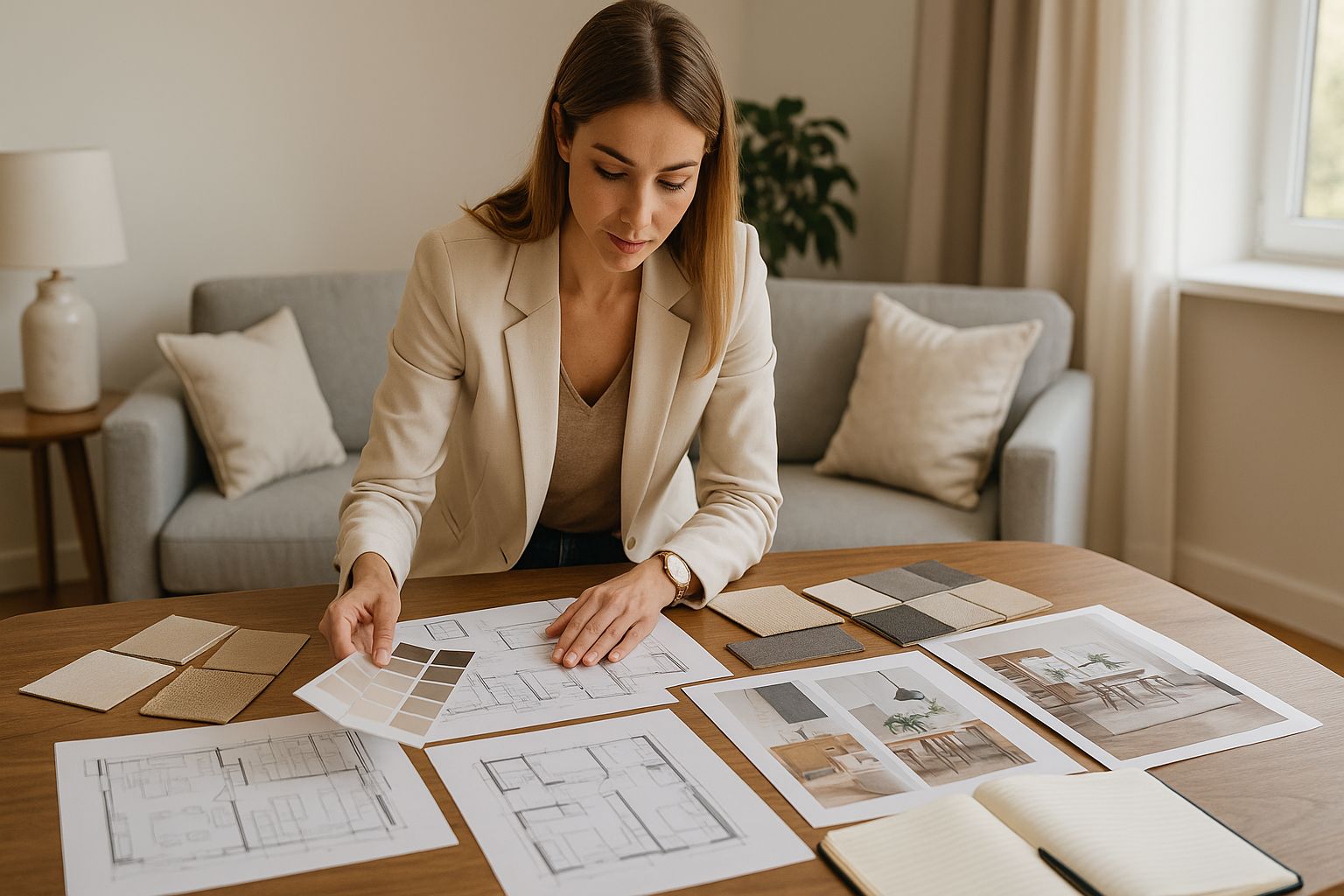Hiring an interior designer can completely transform the look, feel, and function of your home — but figuring out how much you should pay can feel like navigating a maze. Costs vary widely depending on your location, the designer’s expertise, the size of the project, and the pricing structure they use. To help you make a confident decision, here’s a clear, practical breakdown of what to expect and what you’re really paying for.
Understanding How Interior Designers Charge
Interior designers use several different pricing models. Some work on a flat-fee basis, others charge hourly, and some use a percentage of your total project cost. Each structure has its benefits, and the right choice depends on the scope of your project and how hands-on you want the designer to be.
Hourly Rates:
This is the most common model for smaller projects or consultations. Expect hourly fees ranging from $50 to $250 per hour depending on the designer’s experience and reputation. Junior designers may fall on the lower end, while established designers in major cities sit at the top.
Flat Fees:
For full-room or full-home projects, many designers prefer to set a flat fee so you know exactly what you’re paying. Prices can range from $1,500 to $12,000+ per room depending on size, complexity, and whether you’re doing simple styling or a complete remodel.
Percentage of Project Cost:
For large renovations or high-budget projects, designers often charge a percentage of the total project cost. This is typically between 10% and 30%, which covers design time, project management, sourcing, and supplier coordination.
Factors That Affect Pricing
Interior design isn’t one-size-fits-all. A designer’s fee reflects not just their time, but their skill, creativity, and access to trusted contractors and exclusive materials. A few major factors influence pricing:
Scope of Work:
Are you refreshing décor, or gutting an entire floor? Larger, more complex projects naturally cost more because they demand more planning, more hours, and more expertise.
Designer Experience:
A seasoned designer with years of successful projects, vendor relationships, and a polished portfolio will charge more than someone just starting out. You’re paying for expertise and reduced risk.
Location:
Major cities come with higher costs. Designers in New York, Los Angeles, London, or Paris often charge double the rates you’d see in smaller towns.
Materials and Furnishings:
High-end furniture, custom-built pieces, and specialty materials influence not only your project cost but sometimes the designer’s percentage-based fee.
What You’re Really Paying For
A great interior designer doesn’t just pick paint colors. They bring a level of vision and practical knowledge that turns your ideas into a cohesive, functional space. You’re paying for:
- Professional space planning that maximizes your layout
- Access to trade-only furniture and materials
- Project management from start to finish
- Connections with reliable contractors and vendors
- Avoiding expensive mistakes — a priceless benefit
- A polished result that feels intentional, not accidental
What’s a Reasonable Budget?
For a typical homeowner, a realistic budget for hiring an interior designer is:
- $1,000–$5,000 for smaller rooms or consultations
- $5,000–$20,000 per room for full-service design
- $20,000–$100,000+ for full-home luxury design or large remodels
The right number ultimately depends on your goals and taste.
Final Thoughts
So how much should you pay for an interior designer? Enough to match your project’s needs and the level of expertise you want. The cheapest option usually isn’t the best, and the most expensive designer isn’t automatically the right fit either. Look for someone who understands your style, respects your budget, and communicates clearly. When you find the right designer, the value they add — in beauty, functionality, and peace of mind — can be worth far more than the price tag.



